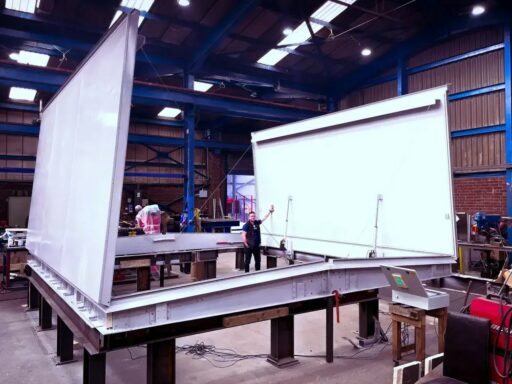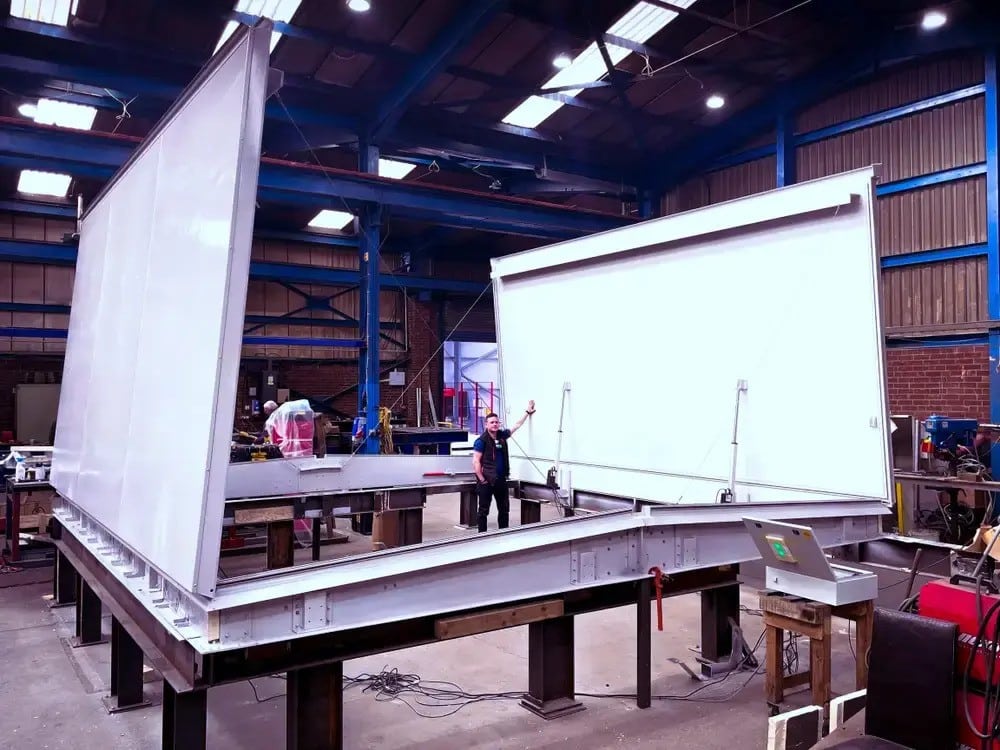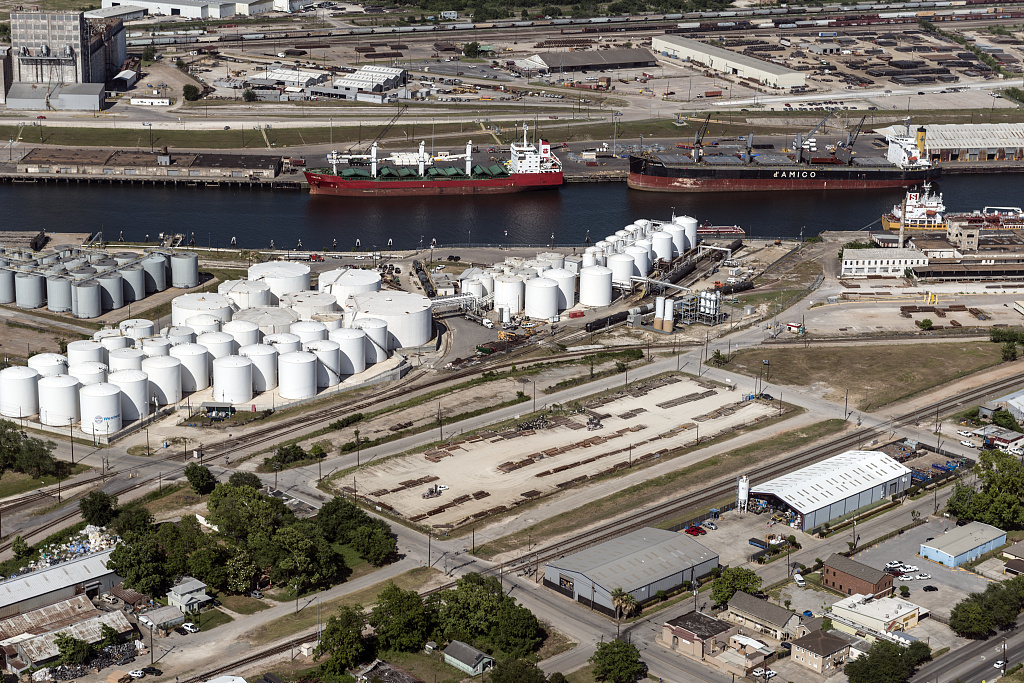A 25% tariff introduced by the Trump administration on imported aluminium is now pushing up the cost of public infrastructure projects across the US—adding hundreds of thousands of dollars to essential works.
Surespan Limited, a UK company known for providing industrial access products for infrastructure across the United States, has been directly impacted by the new import tax, which took effect on 12 March 2025. Just a month later, the knock-on effects are becoming clear as public projects face increased financial strain.
Aluminium Tariffs Drive Up Project Costs
One project currently out for re-bid, originally budgeted at $500,000, has jumped by $150,000 due to the aluminium levy alone. With Surespan being the only supplier able to meet the project’s specific technical demands, the surcharge is unavoidable. The result? A 30% spike in costs—something that local authorities warn could translate to cutbacks in other services or even higher local taxes.
“Our team at Surespan is committed to providing essential, high-quality components for American infrastructure. However, these tariffs create unavoidable cost pressures that are ultimately reflected in the price of public projects, placing a direct financial impact on the communities these projects serve,” explained Robert Fletcher, Surespan’s Business Development Director.
Surespan is working closely with partners to manage the added costs. However, as Fletcher pointed out, tariffs function as direct surcharges on public works that can’t simply be neutralised through operational efficiency.
Tariffs Affecting Projects and Everyday Americans
Experts across sectors—from energy to housing—report that the tariffs are inflating material costs and delaying progress. Renewable energy projects like wind farms and power grids are under added pressure due to increased prices, while builders across the US cite soaring material costs as a growing problem.
As more infrastructure projects exceed budget, it’s everyday citizens who may feel the pinch—either through tax rises, reduced local services, or stretched public funds that could otherwise go towards education, health, or transport.
“Stakeholders in both industry and government are watching closely. The added $150,000 on a single project is a stark example of a nationwide trend: tariff-driven cost surges that ultimately hit the public wallet,” said Fletcher.
“As infrastructure needs grow and funding is stretched thin, the pressure is on to address how trade policies are impacting the very communities they aim to protect. We are urging media and policy leaders to scrutinise these developments, as the true cost of tariffs becomes increasingly clear in towns and cities across America.”






